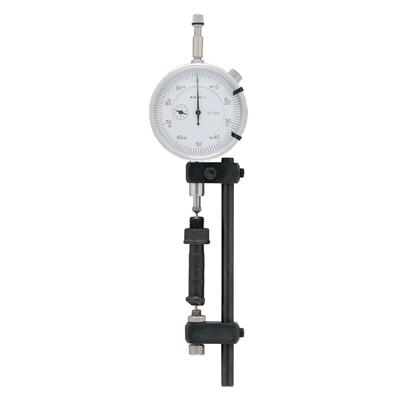should you re-use those stock rods,...
--------------------------------------------------------------------------------
I get asked all the time,
"should you re-use those stock rods, when I rebuild my 350 or when I build my 383 stroker"
most sbc gen I stock rods are designed to be cheap, and dependable in engines spinning under 6000rpm that make under 400hp,
this is one area where Im simply amused at the lack of thought shown in sellecting components, by some guys.
most chevy small block rods are VASTLY inferior in strength to many of the mid range and better aftermarket rods available.
a 7/16" cap screw type ARP rod bolt is EASILY 200%-300% stronger than a stock 3/8" factory rod bolt and frankly, the cost & TIME to correctly modify and prep stock rods is a total waste, its almost always cheaper to buy decent aftermarket rods.
example
http://www.sdparts.com/product/12495...ctingRods.aspx
$265 for a set of stock rods and then you should still have ARP bolts installed, pollish, ballance and sized your looking at easily $500-$600 or more for a set ready to run
compared to something like this below its a joke
http://store.summitracing.com/partde...1&autoview=sku
http://store.summitracing.com/partde...6&autoview=sku
keep in mind theres far stronger rods available if you have some extra cash, and that connecting rods and thier rod bolts are under a huge amount of stress at high rpms....one rod bolt stretching at high rpm will usually result in engine failure and its comon for only the intake, valve covers, distrib, and water pump and a few other parts to be salvagable if that were to happen at high rpms...stretch a rod bolt and the piston contacts the head, or bends a valve, the rod bends, the heads destroyed, the block can be history and it can go down hill rapidly from there as fragments work thier way around thru other of the moving parts as the engine locks up
--------------------------------------------------------------------------------
I get asked all the time,
"should you re-use those stock rods, when I rebuild my 350 or when I build my 383 stroker"
most sbc gen I stock rods are designed to be cheap, and dependable in engines spinning under 6000rpm that make under 400hp,
this is one area where Im simply amused at the lack of thought shown in sellecting components, by some guys.
most chevy small block rods are VASTLY inferior in strength to many of the mid range and better aftermarket rods available.
a 7/16" cap screw type ARP rod bolt is EASILY 200%-300% stronger than a stock 3/8" factory rod bolt and frankly, the cost & TIME to correctly modify and prep stock rods is a total waste, its almost always cheaper to buy decent aftermarket rods.
example
http://www.sdparts.com/product/12495...ctingRods.aspx
$265 for a set of stock rods and then you should still have ARP bolts installed, pollish, ballance and sized your looking at easily $500-$600 or more for a set ready to run
compared to something like this below its a joke
http://store.summitracing.com/partde...1&autoview=sku
http://store.summitracing.com/partde...6&autoview=sku
keep in mind theres far stronger rods available if you have some extra cash, and that connecting rods and thier rod bolts are under a huge amount of stress at high rpms....one rod bolt stretching at high rpm will usually result in engine failure and its comon for only the intake, valve covers, distrib, and water pump and a few other parts to be salvagable if that were to happen at high rpms...stretch a rod bolt and the piston contacts the head, or bends a valve, the rod bends, the heads destroyed, the block can be history and it can go down hill rapidly from there as fragments work thier way around thru other of the moving parts as the engine locks up



